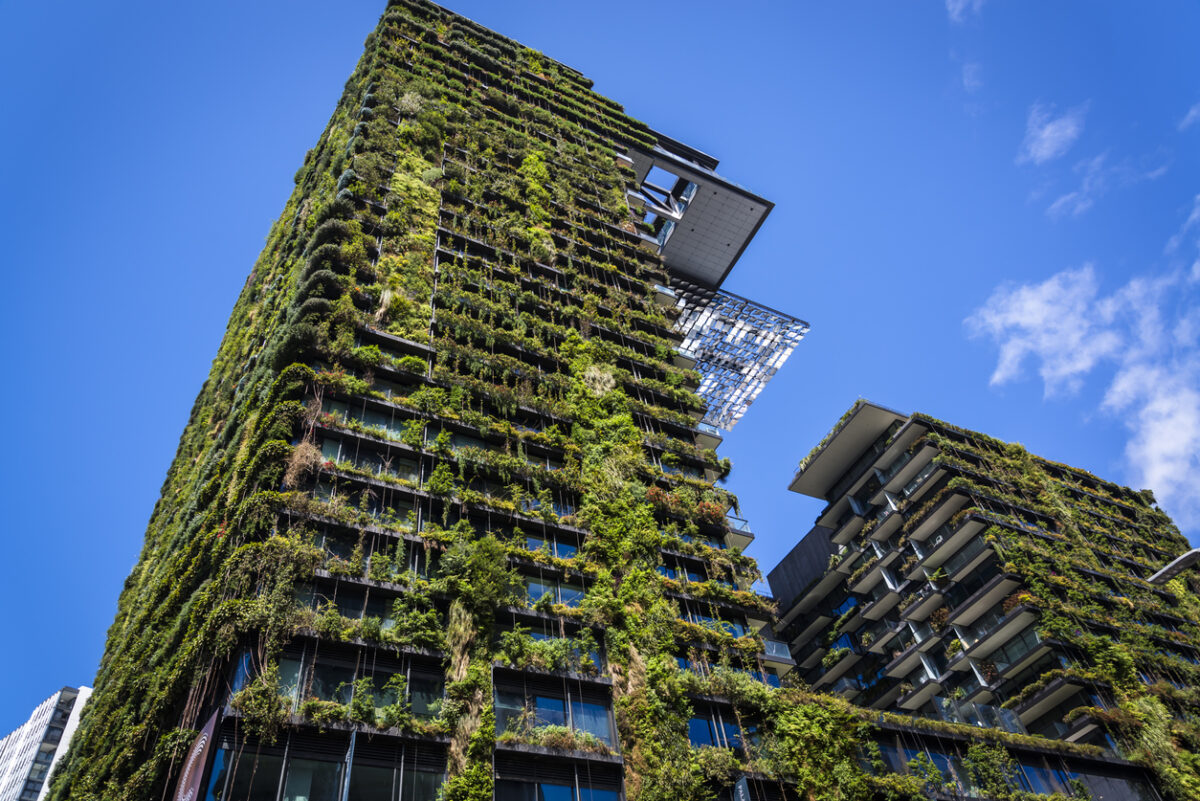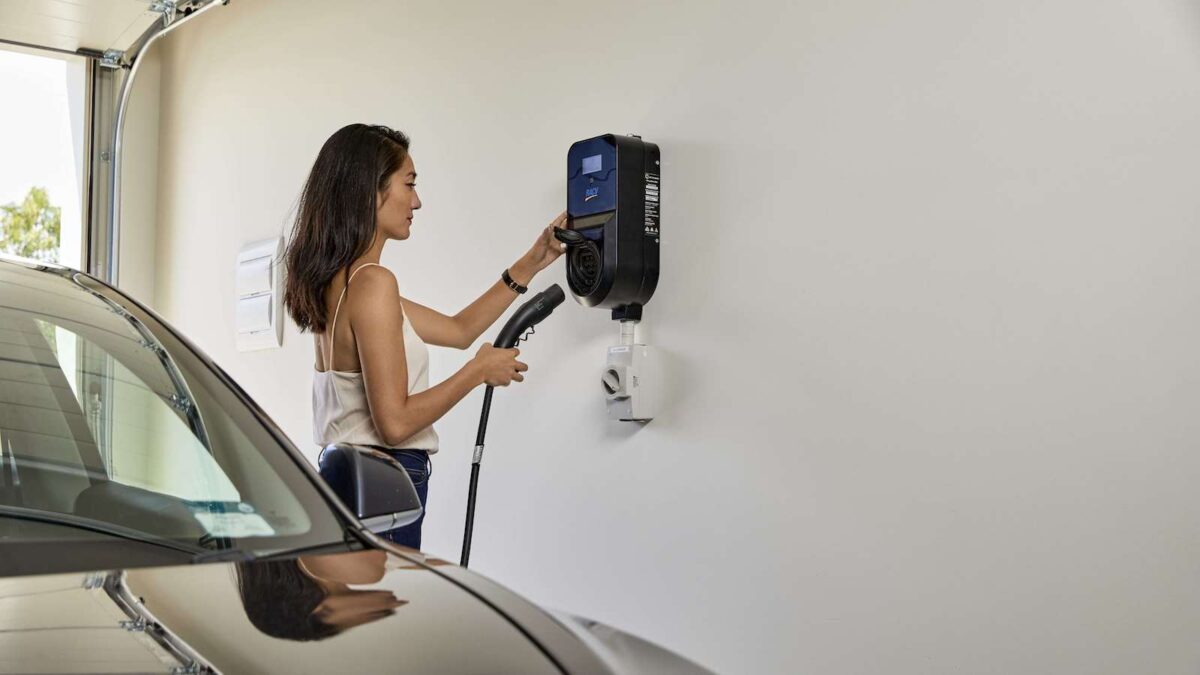Australia might be behind the rest of the world when it comes to electric vehicle adoption, but as EVs become more and more common on our roads, we’ll need to start thinking more seriously about how we adapt to these new types of cars – especially when it comes to charging them.
One of the biggest hurdles towards EV ownership for most Australians is ‘range anxiety’. Of course, the auto industry continues to make leaps and bounds when it comes to vehicle range, but the fact remains that there are shockingly few public EV chargers in Australia compared to other countries.
RELATED: The Longest Range Electric Cars Available In Australia
According to Savvy, as of September 2022, Australia currently has just over 3,000 EV public charging points (2531 standard AC, 470 supercharge DC) to cover 7.692 million square kilometres, with around 40% of all charging points in the country located in New South Wales.
It’s one of those ‘chicken or the egg’ situations. Motorists won’t buy EVs unless there’s enough charging infrastructure, and infrastructure won’t be built unless there’s enough demand to justify it… But this article isn’t about public EV chargers: it’s about private EV chargers. Specifically, EV chargers in apartment buildings.
A recent ABC News report reveals how shockingly few apartment buildings in Australia allow EV owners to charge their cars at home – and how the high cost of installation (and the glacially slow pace of most body corporate approvals) is making it exceptionally difficult for this problem to be solved.

It specifically highlighted the predicament of one EV owner, who demonstrated that because his apartment carpark lacked even a simple power outlet, the only way he could theoretically charge his car is by running a 100m cable from his living room’s power point, run it down his third level apartment’s balcony, and then into the building’s car park up to his Tesla – making him an “EV Rapunzel”.
In other countries like the United States, EV owners are already having to grapple with issues of ‘EV etiquette’ – such as when or if it’s acceptable to unplug someone else’s vehicle that’s charging in order to charge yours. Looks like the next EV etiquette debate will be about whether it’s acceptable (or even possible) to charge your EV in an apartment building.
RELATED: Australians May Soon Face Electric Car Charger Shortage
From October 2023, new federal policy means it will be mandatory that all new apartment blocks are built with the infrastructure to allow electric car charging… But there are already over 660,000 apartment buildings in Australia. Clearly more needs to be done to facilitate home charging for EV owners who don’t live in freestanding buildings.

It’s a tricky one, because at the moment at least, EV owners in Australia are statistically speaking quite a privileged minority. Less than 2% of all new vehicles sold in Australia right now are EVs and according to this 2021 Griffith University study, EVs are predominately bought by wealthy Australians (which is largely a result of how relatively unaffordable EVs are right now).
Moreover, only around 9% of the population live in apartment buildings. But as EVs become cheaper and more common – and more and more Australians start living in apartments as opposed to freestanding houses – this ‘EV rapunzel’ dilemma will only become worse. It’s actually a social equity issue.
“With urban consolidation and the cost of housing in Australia, many people are not actively choosing to live in apartments or to live in collective living situations,” Macquarie University professor of law, Cathy Sherry, tells ABC News.
“Older Australians and generation X baby boomers can afford their own houses. They’re living in freestanding houses. For younger people, very often the only form of affordable housing they can they can access either as as tenants or owners will be apartments.”
“And if we want them to have access to electric vehicles and to make their contribution to reducing climate change, then this most definitely is an equity issue.”
Read Next
